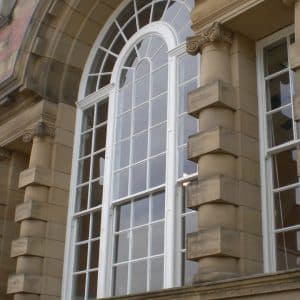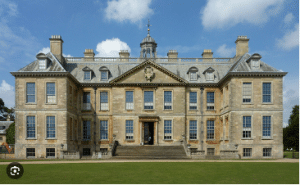The Artisanal Advantage of Refurbishing Older Timber Windows
There’s a growing appreciation for the craftsmanship in older timber windows; with it adding both aesthetic appeal and home improvement benefits. Found in historic homes, period properties, and architectural landmarks, these windows are not merely functional elements but intricate works of art. This post delves into the nuanced beauty and value of refurbishing older timber windows, exploring the artisanal advantage they offer over their modern, mass-produced counterparts.
Reviving History: The Art of Refurbishing Older Timber Windows
Craftsmanship Beyond Compare:
The craftsmanship evident in older timber windows is a testament to the skill and dedication of generations past. Each window is a masterpiece of joinery, meticulously crafted by artisans who honed their skills over years of apprenticeship and practice. From hand-cut mortise and tenon joints to delicately carved mouldings, these windows exemplify precision engineering and attention to detail that is rarely seen in today’s factory-produced alternatives.

Authenticity and Character:
One of the most compelling aspects of older timber windows is their authenticity and character. Unlike modern windows, which often feature standardised designs and uniform finishes, older timber windows bear the marks of their individual creators. Each knot, grain pattern, and imperfection tells a story, adding to the window’s unique charm and allure. Refurbishing older timber windows allows homeowners to preserve them, enhancing the character of their homes while honouring the craftsmanship of the past.
Environmental Sustainability:
In an era of heightened environmental awareness, refurbishing older timber windows offers a sustainable alternative to replacement. Unlike new windows, which require significant resources to manufacture and transport, refurbishment extends the lifespan of existing materials, minimising waste, and reducing carbon emissions. Additionally, the use of reclaimed timber in restoration projects further reduces environmental impact, providing an eco-friendly solution that aligns with modern sustainability goals.
Preserving Heritage and Cultural Significance:
Older timber windows are not just architectural features; they are tangible links to our cultural heritage and architectural history. From the elegant sash windows of Georgian townhouses to the intricate casements of Tudor cottages, each style reflects the design trends and craftsmanship of its era. By refurbishing older timber windows, homeowners not only preserve the aesthetic integrity of their properties but also contribute to the broader preservation of our architectural heritage, ensuring that these treasures endure for future generations to appreciate.

Expert Restoration Services – Ventrolla:
While refurbishing older timber windows requires specialised knowledge and skill, the results are well worth the investment. Professional restoration services, such as Ventrolla, offer a range of expertise, from repairing damaged wood and restoring historic details to enhancing energy efficiency and weatherproofing. Our experienced craftsmen are restoration specialists. Homeowners can ensure that their windows are refurbished to the highest standards, preserving their beauty and functionality for years to come.
In a world where disposable goods and mass production have become the norm, the artisanal advantage of refurbishing older timber windows stands as a beacon of timeless craftsmanship and enduring quality. From their unparalleled beauty and authenticity to their contribution to environmental sustainability and cultural heritage, these windows represent a legacy worth preserving. By choosing refurbishment over replacement and investing in expert restoration services, homeowners can honour the craftsmanship of the past while creating a lasting legacy for the future.
